为了让您更地了解我们的30JG120上海取向电工钢卷,我们精心制作了产品视频。请花1分钟时间观看,您会发现更多细节和优势。
以下是:30JG120上海取向电工钢卷的图文介绍
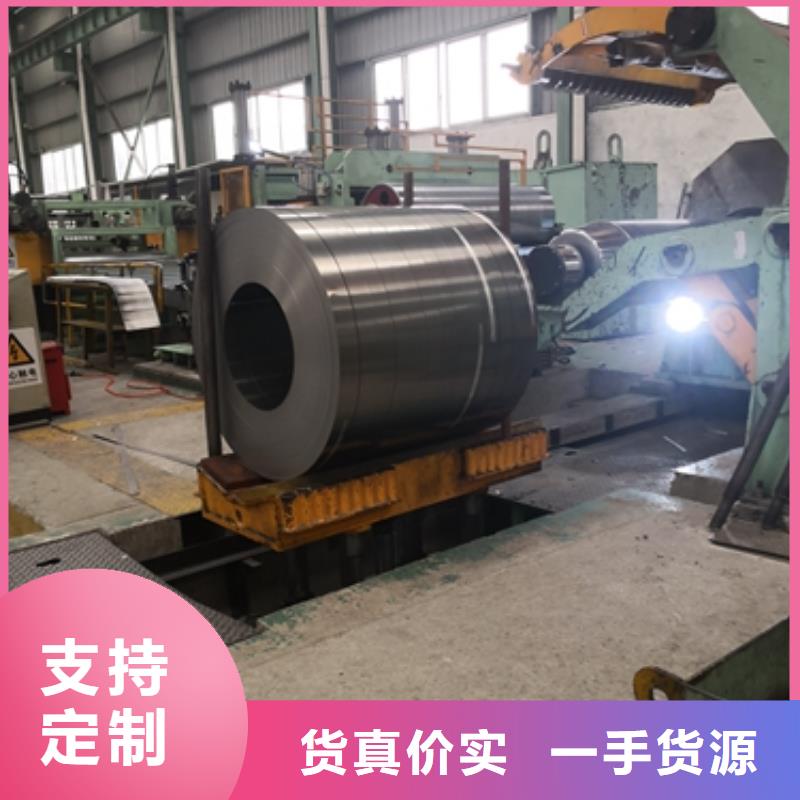

电工钢硅钢片 电工钢板通常是以铁芯损耗和磁感应强度作为产品磁性保证值[1] [2] 。对电工钢板性能的要求如下:铁芯损耗(PT)低铁芯损耗是指铁芯在≥50Hz交变磁场下磁化时所消耗的无效电能,简称铁损,也称交变损耗,其单位为W/kg。这种由于磁通变化受到各种阻碍而消耗的无效电能,通过铁芯发热既损失掉电能,又引起电机和变压器的温升。电工钢的铁损(PT)包括磁滞损耗、本地涡流损耗(Pe)和反常损耗(Pa)三部分。电工钢板铁损低,既可节省大量电能,又可延长电机和变压器工作运转时间,并简化冷却装置。由于电工钢板的铁损所造成的电量损失占各国全年发电量的2.5%~4.5%,因此各国生产电工钢板总是千方百计设法降低铁损,并以铁损作为考核产品磁性的重要指标,按产品的铁损值作为划分产品牌号的依据。冷轧取向电工钢:冷轧取向电工钢是电工钢中的高端产品,与冷轧无取向电工钢相比,磁性具有强烈的方向性;在易磁化的轧制方向上具有优越的高磁导率与低损耗特性。取向钢带在轧制方向的铁损仅为横向的1/3,磁导率之比为6:1。用途:冷轧取向硅钢带主要的用途是用于变压器制造。
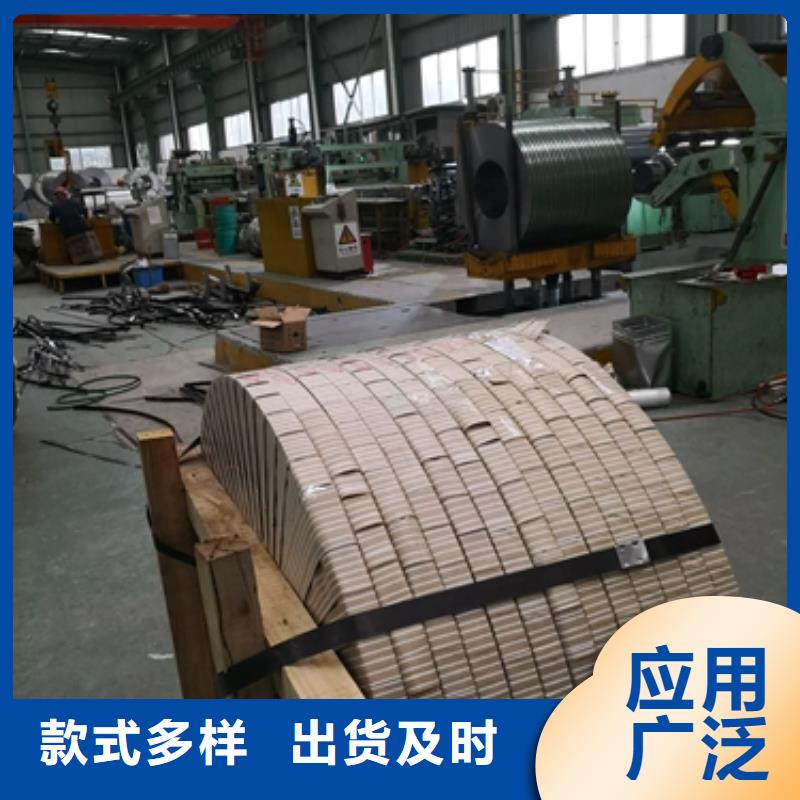
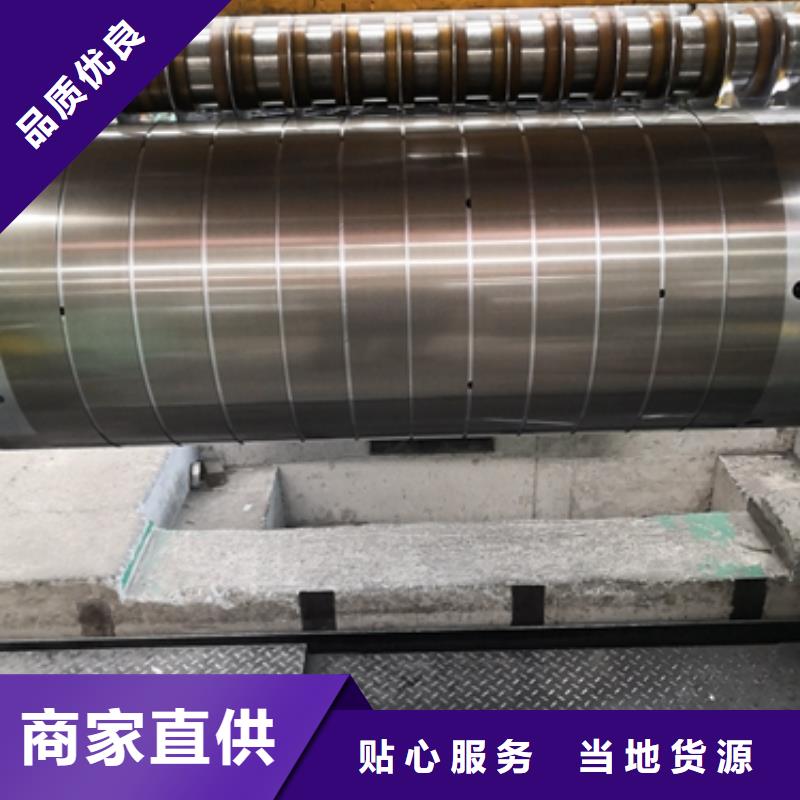
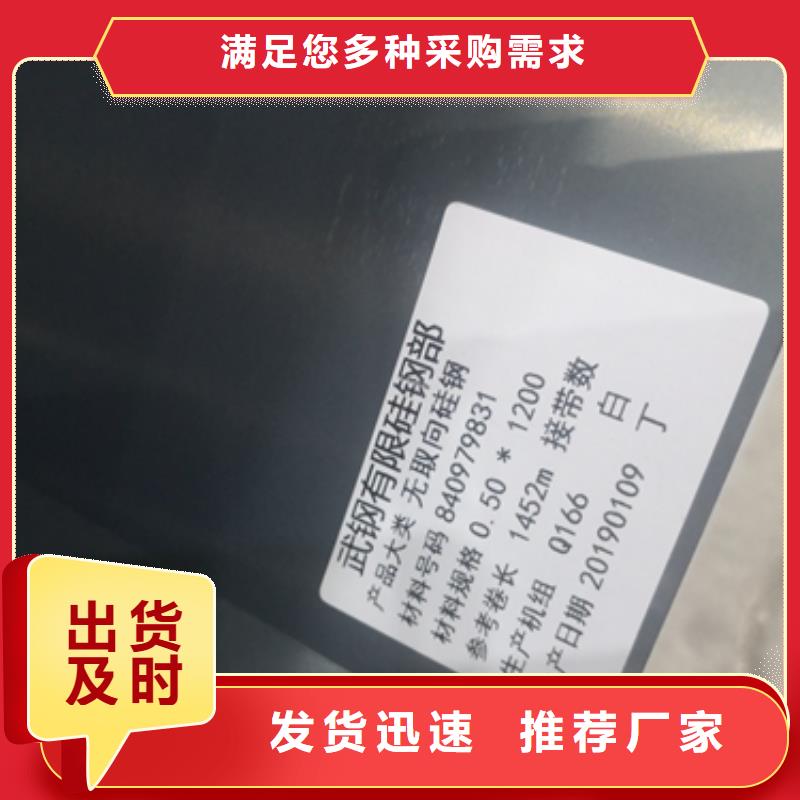
鹿程国际贸易(惠州市分公司)是一家集 硅钢研发、生产、销售和技术服务为一体的高新企业。公司拥有科学、完整的质量管理体系,高精度的 硅钢生产设备和认真负责的员工,主要生产销售 硅钢,适用领域较广。公司秉承“诚实守信,品质为先”的文化理念,高质价比的 硅钢产品、丰富的实践经验和完整的系统解决方案、服务于客户需求。欢迎各界朋友莅临参观、指导和业务洽谈。
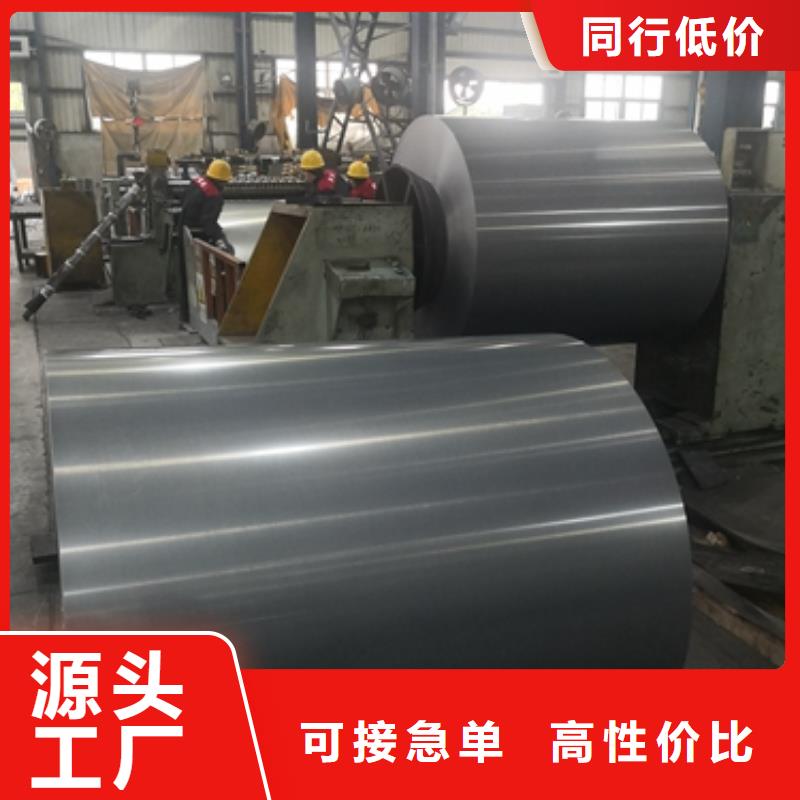

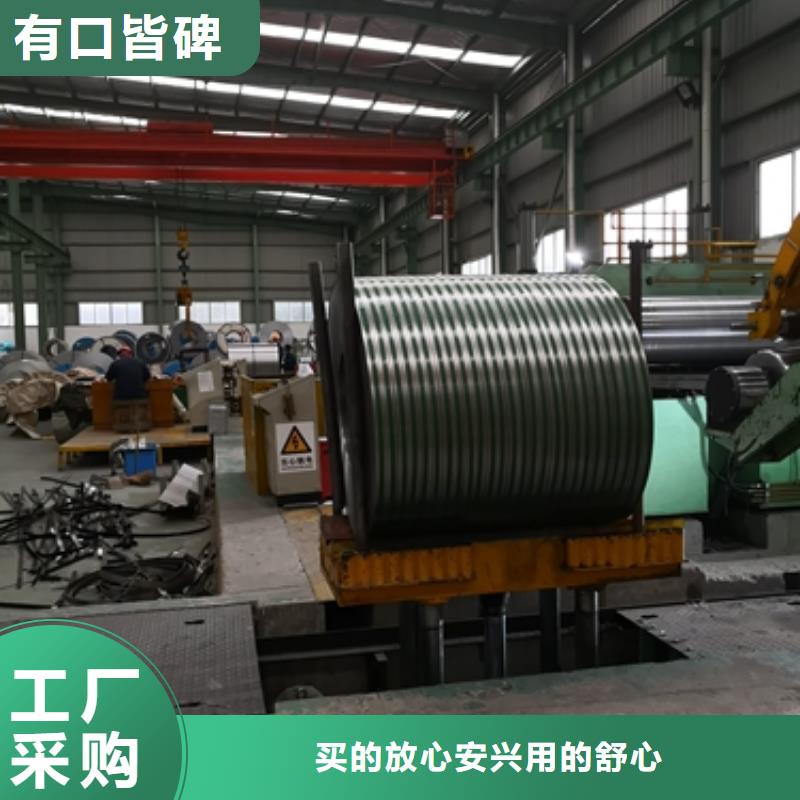
电工钢硅钢片本文件适用于宝山钢铁股份有限公司生产的、同城用于频率在 100Hz-10000Hz 磁路结构的、同城以终退火状态交货的全工艺冷轧无取向电工钢带产品(以下简称产品),比总损耗(铁损)specific total loss (iron loss)比总损耗是指在磁极化波形保持正弦,其峰值和频率为特定值时,单位质量材料所消耗的总功率,比总损耗用符号 P(Jm/f)表示,单位为 W/kg。例:P1.0/400表示在 磁极化强度为 1.0T、同城频率为 400Hz 时的比总损耗。Q/BQB 481-202123.2 磁极化强度 magnetic polarization磁极化强度是指试样受交变磁化时,特定磁场强度峰值的磁极化强度峰值,其符号为J(H),单位为 T(特斯拉)。例:J5000表示对应于磁场强度峰值为 5000A/m 下的磁极化强度峰值。4 分类本文件的材料的等级是根据磁极化强度在1.0T、同城频率在400Hz下的 比总损耗值P1.0/400、同城材料公称厚度进行牌号分类,并按产品特性细分为普通型、同城型、同城高强度型、同城高磁感型和高强度型五类。示例 1:B20AV1300 表示公称厚度为 0.20mm 的普通型无取向电工钢, 比总损耗P1.0/400为13W/kg;示例 2:B27AHV1400 表示公称厚度为 0.27mm 的型无取向电工钢, 比总损耗P1.0/400为14W/kg;示例 3:B30APV1500 表示公称厚度为 0.30mm 的高磁感型无取向电工钢, 比总损耗P1.0/400为15W/kg;示例 4:B25AHV1300M表示公称厚度为0.25mm的高强度型无取向电工钢, 比总损耗P1.0/400为13W/kg;示例 5:B35AHS500 表示公称厚度为 0.35mm 的高强度型无取向电工钢,小屈服强度500MPa。1 绝缘涂层状态产品通常以两面涂敷绝缘涂层状态交货,涂层种类见表 2。绝缘涂层应可耐受绝缘漆、同城变压器油、同城机械油等介质的侵蚀。本文件规定的绝缘涂层与国内外相关技术规范规定绝缘涂层的近似对照可参见附录 A(资料性附录),绝缘涂层的特性见附录 B(资料性附录)。绝缘涂层的厚度、同城自粘接涂层的剥离强度等技术要求如有特殊要求应在订货时协商,并在合同中注明。涂层绝缘电阻涂层绝缘电阻分为表面绝缘电阻和层间电阻,表面绝缘电阻单位为Ω·cm2/面,层间电阻单位为Ω·cm2/片,理论上,层间电阻是表面绝缘电阻的 2 倍。根据需方要求,经供需双方协商,可进行涂层绝缘电阻的检测,并在合同中注明涂层表面绝缘电阻或层间电阻的小值。
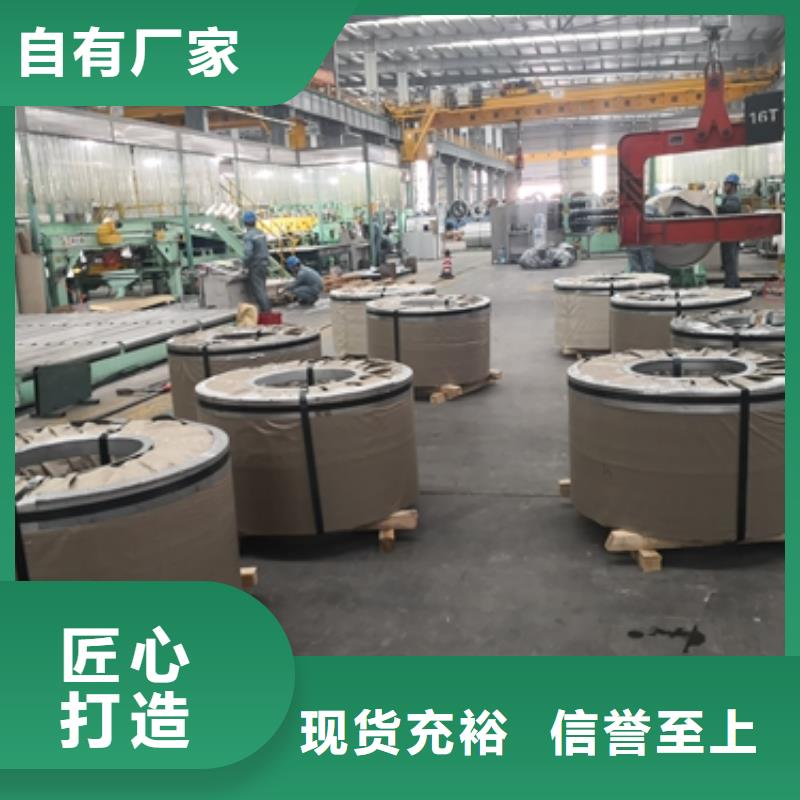
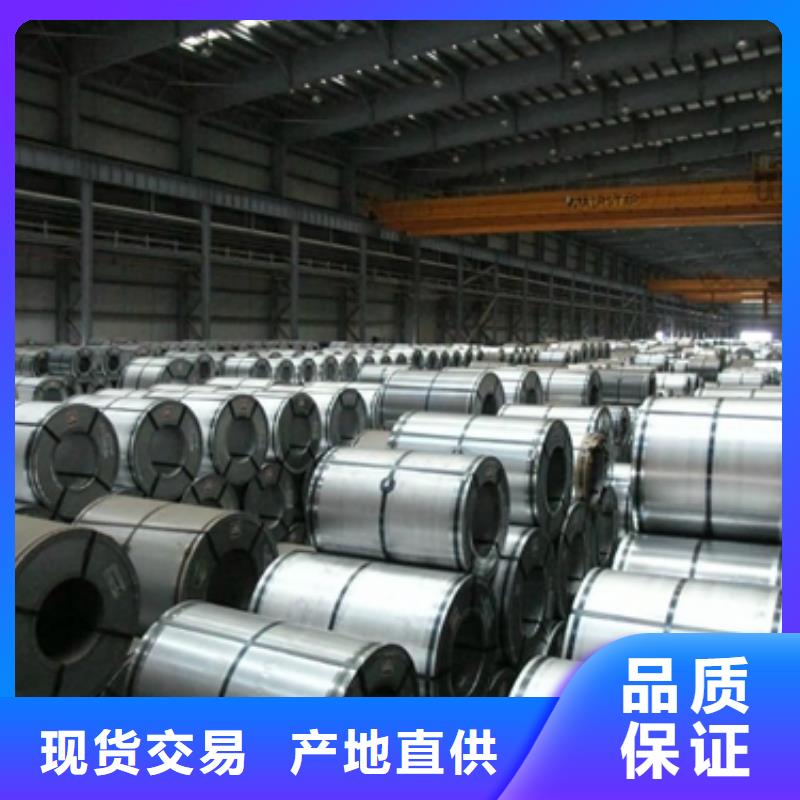
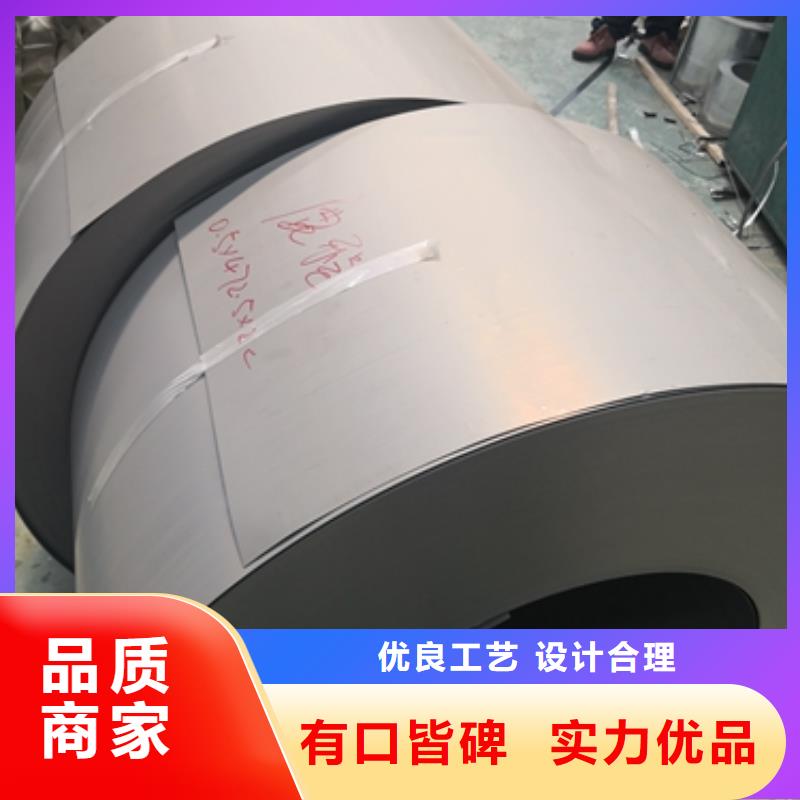
电工钢硅钢片单取向电工钢指Goss取向,双取向特指立方取向电工钢。后者制备工艺极为复杂,目前难以工业化,所以取向硅钢广泛意义上指Goss取向。取向硅钢在易磁化的方向上具有高磁导率与低损耗特性,符合变压器等静态电力装备的导磁能力要求。单取向硅钢根据抑制剂和磁感的不同又可以分为CGO钢和Hi-B钢,具体如表1所示。其中,CGO钢的晶粒平均取向偏离角约为7°,饱和磁感值B8在1.82Tesla以上,主要用于中小型变压器的制造。Hi-B钢的晶粒平均取向偏离角约为3°,B8值在1.90Tesla以上,主要用于电力工业中的各种大型变压器、同城扼流圈等高端电磁元件的制造。

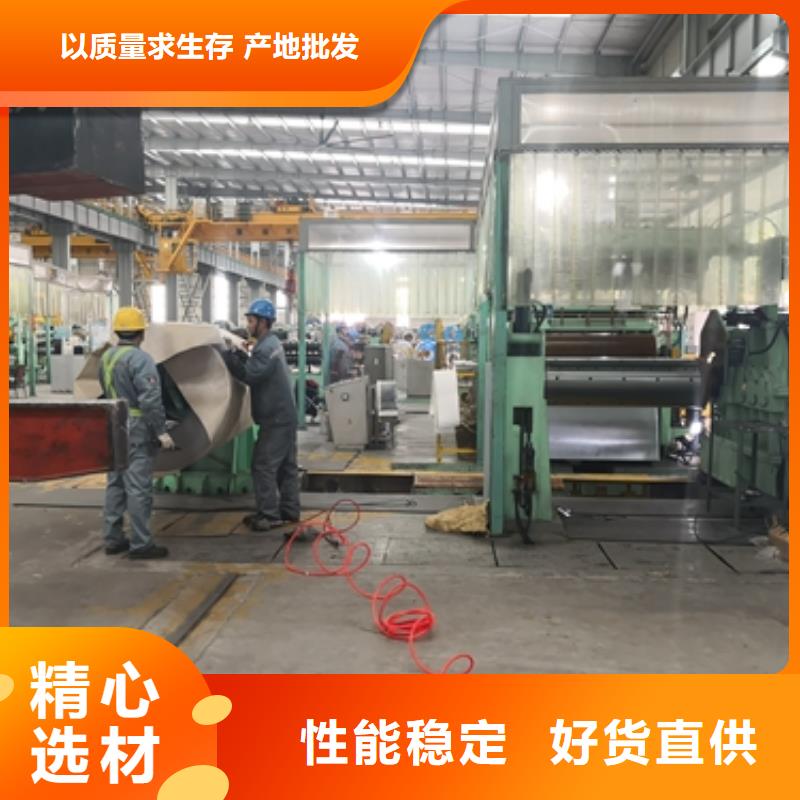
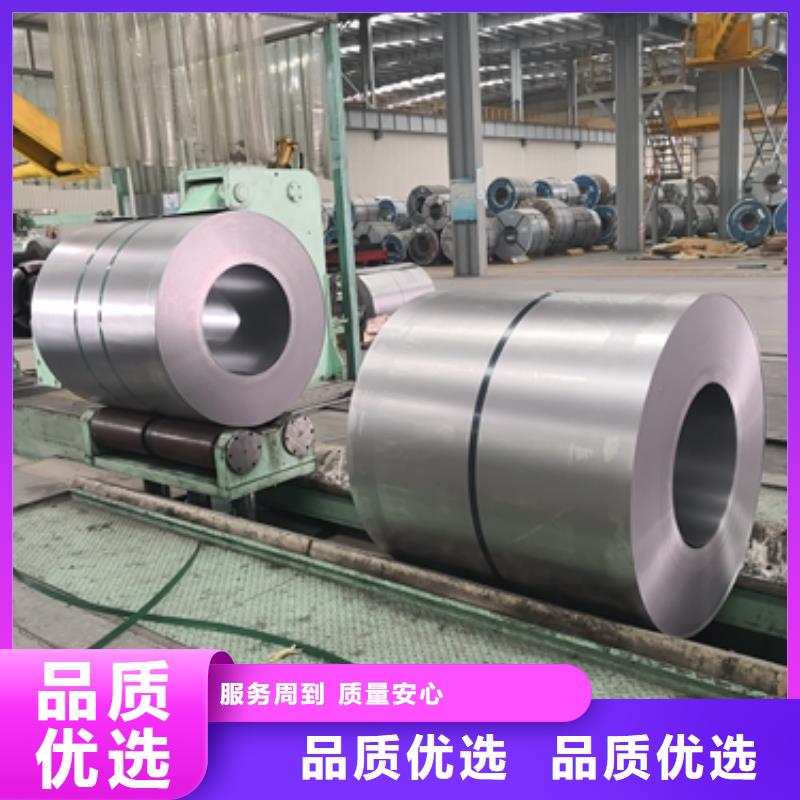
电工钢硅钢片In addition to the types listed above, there are also some special purpose electrical steel plates, such as 0.15 and 0.20mm thick 3% Si cold-rolled non oriented silicon steel strips and 0.025, 0.05, and 0.1mm thick 3% Si cold-rolled oriented silicon steel strips, used for medium and high-frequency motors, transformers, and pulse transformers; 0.7mm thick 3% Si high-strength cold-rolled non oriented silicon steel plate for relays and power switches; High strength cold-rolled electrical steel plate for new high-speed motor rotors; Low carbon electrical steel hot-rolled thick and cold-rolled plates for magnetic shielding and high-energy accelerator electromagnets such as medical magnetic resonance tomography scanners; 4.5% to 6.5% Si high silicon steel plates for high-frequency motors, transformers, and magnetic shielding.Generally, motors, transformers, and other electrical components are required to have high efficiency, low power consumption, small size, and light weight. Electrical steel plates are usually guaranteed to have magnetic properties based on core loss and magnetic induction strength [1] [2]. The requirements for the performance of electrical steel plates are as follows:Low core loss (PT)Iron core loss refers to the ineffective electrical energy consumed by an iron core when magnetized in an alternating magnetic field of ≥ 50Hz, abbreviated as iron loss, also known as alternating loss, and its unit is W/kg. The ineffective electrical energy consumed due to various obstacles caused by magnetic flux changes not only loses electrical energy through the heating of the iron core, but also causes temperature rise of the motor and transformer. The iron loss (PT) of electrical steel includes three parts: hysteresis loss, eddy current loss (Pe), and anomalous loss (Pa). Electrical steel plates have low iron loss, which can save a lot of electricity, prolong the operating time of motors and transformers, and simplify cooling devices. Due to the iron loss of electrical steel plates, which accounts for 2.5% to 4.5% of the annual electricity generation in various countries, countries always try their best to reduce iron loss in the production of electrical steel plates, and use iron loss as the most important indicator to assess the magnetic properties of products. The iron loss value of products is used as the basis for classifying product grades. Cold rolled oriented electrical steel: Cold rolled oriented electrical steel is a high-end product in the field of electrical steel. Compared with cold rolled non oriented electrical steel, its magnetism has strong directionality; It has superior high magnetic permeability and low loss characteristics in the direction of easy magnetization rolling. The iron loss of oriented steel strip in the rolling direction is only 1/3 of that in the transverse direction, and the ratio of magnetic permeability is 6:1. Application: The main purpose of cold-rolled oriented silicon steel strip is for transformer manufacturing.Full process cold rolled non oriented silicon steel coating: The surface of the full process cold rolled silicon steel is coated with a semi transparent insulation coating, which has different codes in different standards. Taking Baosteel‘s Q/BQB 480 2014 as an example:


